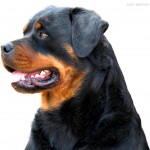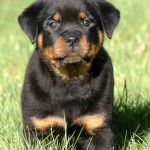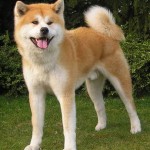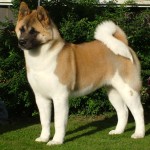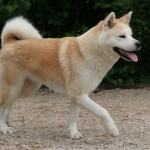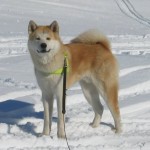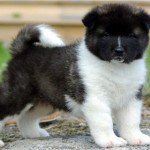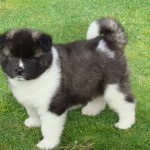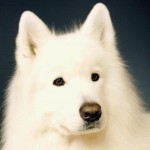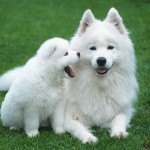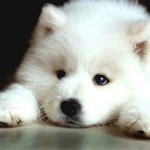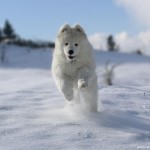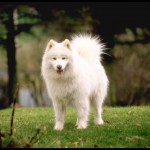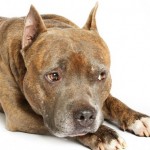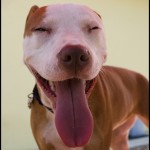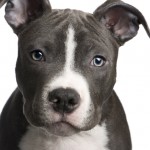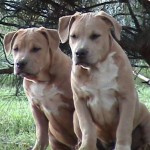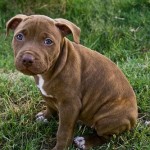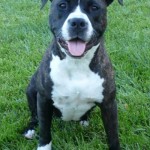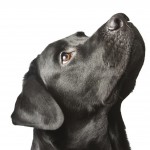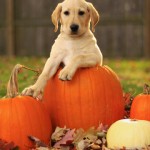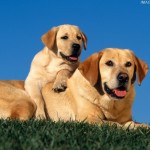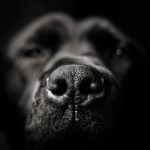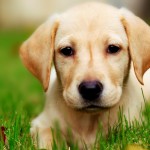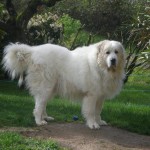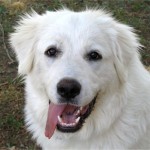Rottweiler
Robust and powerful, the Rottweiler is happiest when given a job to perform. His intelligence, endurance and willingness to work make him suitable as a police dog, herder, service dog, therapy dog, obedience competitor and devoted companion. An inherent protector, the Rottweiler is self-confident and responds quietly and with a wait-and-see attitude to influences in his environment. He must be medium in size and his coat is black with rust to mahogany markings.
A Look Back
The Rottweiler’s ancestors were the drover’s dogs accompanying the herds the Romans brought with them when invading Europe. The controllable herding and guarding instincts were recognized by the Germans, and dogs were selectively bred for these traits. As need for its services diminished, the Rottweiler almost fell into extinction. In the early 1900′s, a newly formed club established a breed standard. The breed has not appreciably changed since that time.
Rottweilers love their people and may behave in a clownish manner toward family and friends, but they are also protective of their territory and do not welcome strangers until properly introduced. Obedience training and socialization are musts. Rottweilers must be exercised daily, but require minimal grooming maintenance.

